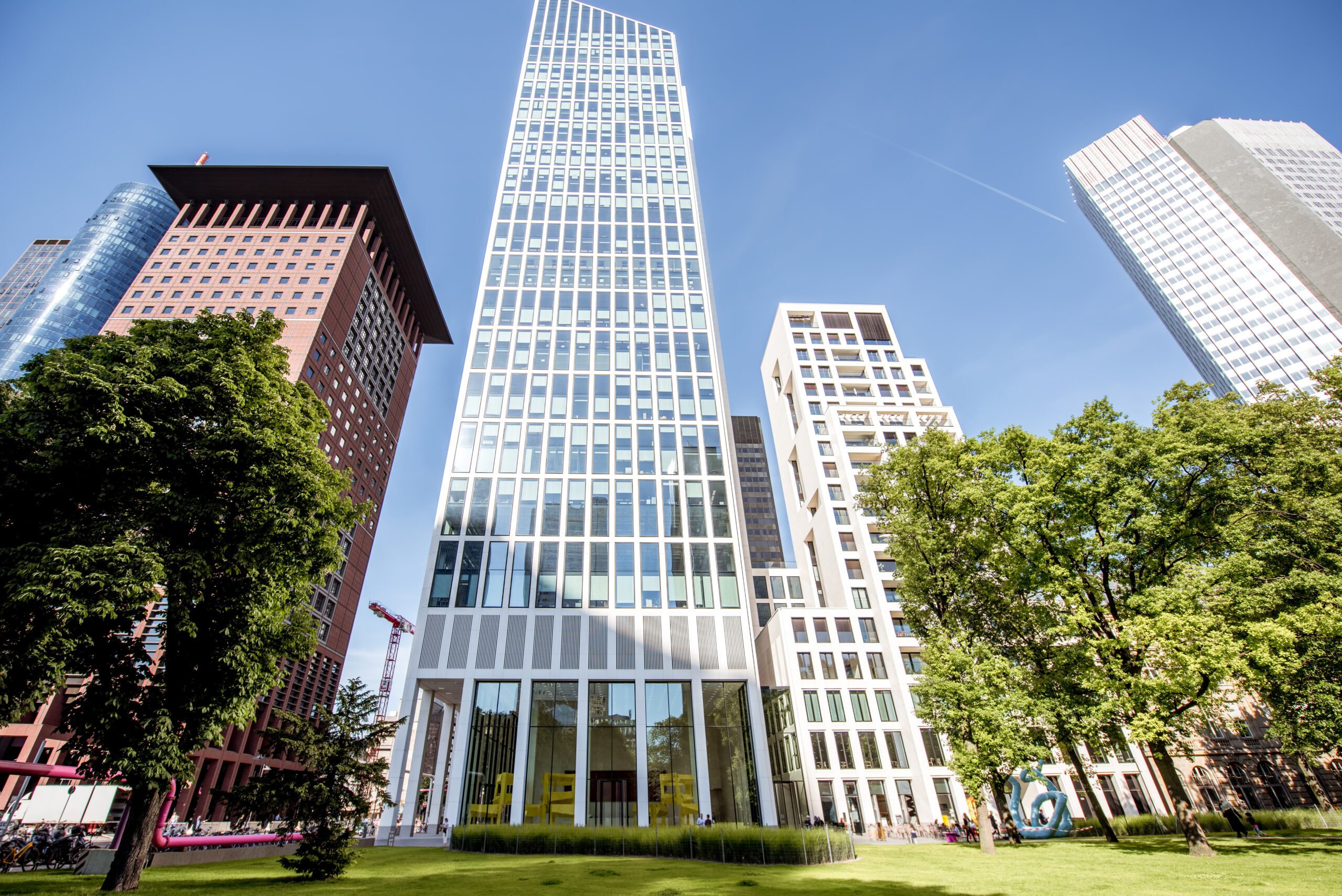We live in a time where high-rise structures are identifiers of wealth and status. High-rise buildings, also known as skyscrapers, are multilevel buildings that are tall enough to require the use of an elevator or other mechanical system for vertical motion. Aside from the sense of living or working close to the sky, you get unobstructed scenic views and it gives you cleaner air than on lower floors.
Today, these structures can help architects save space and keep up with the growing population. By 2050, it is expected that 68% of people in the world will reside in urban areas.

When designing a high rise, consider how many and what types of residents will use it. Will it be an office space? Is it residential or commercial? Are there going to be tenants, workers, or visitors? Will there be a mix of workers and guests, as in a hotel?
Bigger
To meet the needs of those who will be occupying the building, it is crucial to fully understand its estimated general capacity and if the architect is skilled enough to consider all areas of improvement. This includes deciding how many stories your structure will have, how much space will be incorporated into each level, how many rooms or offices will be on each level, the number of restrooms required for each level, how many compliances you need to incorporate, and much more.
At such heights, high-rise buildings are more vulnerable to bad weather like strong winds, UV radiation, extreme temperatures, and more. They are considerably more at risk from natural calamities like hurricanes, earthquakes, and tornadoes due to their tall structures. As a result, it is important to examine your budget in terms of supplies. Make sure you have room in the budget for this before doing anything else because high-rise structures need double reinforcement of structural steel and concrete to withstand adverse weather conditions like winds and extreme heat.

Better
Working or residing in high-rise developments has several advantages, such as saving space and preserving natural areas. Many skyscrapers are also energy-efficient and sometimes even composed of recycled materials, depending on how they are constructed.
Since tall buildings are more likely to have larger and wider windows, occupants have access to natural lighting, ventilation, and fresh air. Less noise from the bustling streets can also be enjoyed as freedom from the stress of congested traffic. An additional benefit would also be the safety and security of the area. Most high-rises are staffed with security personnel and maintenance staff to ensure that residents feel exclusivity while they’re staying in the building.
Conclusion
Living or working in a high-rise building is a one-of-a-kind experience. They provide outstanding amenities, services, and comfort to their customers. You will have access to plenty of natural light, ventilation, and fresh air. These high-rises will certainly help persuade you with their accessibility and security. Try investing and placing your business in the corporate jungle since its prestige can attract high foot traffic and increase customers.
